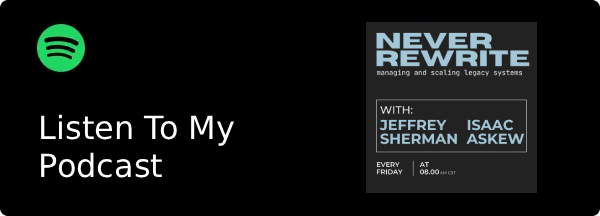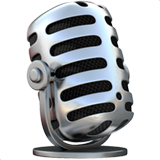This season at School of Rock I was assigned vocals for Outshined by Soundgarden. I don’t have nearly the same timbre or grit Chris Cornell had but I do have the range to hit the highest notes in the song, given I have done good warmups beforehand.
This Reddit thread on high note advice had some good takeaways that I incorporated to get some really good Cornell-ish sounds without strain were these snippets of advice:
…try raising the soft pallette. You’ll know what it feels like if you try yawning. Keeping your mouth open and with a raised pallette makes higher notes easier to hit.
Upset_Toe
and this one:
Quite a few suggestions for lip trills here, but try tongue trills too. The tongue is a muscle connected directly to the larynx, and the use of tongue trills can both strengthen and relax some of the muscles that may be getting in the way of your high notes.
Melodyspeak
I ended up doing lip trills, tongue trills, tongue stretches, and massaging my neck while looking upward and leaning heavily to each side.
When I went back to practice the high notes, instead of ‘squeezing’ (for the lack of a better term) my throat to hit high notes, I instead tried to hyper focus on keeping a yawn shape while also scrunching my nose to get more of that nasal quality he has. He was able to have that forward nasal quality with a ton of body to it without it getting thin, which is something I still have to work on.
But what I noticed is if I squeeze my support (diaphragm) on the high notes while essentially fixing the position of my throat to always be a yawn shape (and while having a tall mouth shape, somewhat of an always-open mouthed smile) and scrunching my nose, if I make that shape and hold it while I give heavy support from the diaphragm and sing a high note it has a great quality to it without tension.
This is separate from the ‘stretched’ note where I’m more focused on my throat that my diaphragm (in fact I could hit the note with very little support and just use that squeezing technique to get a thin sound, but it’s fatiguing). This one is all about turning your throat and mouth into a fixed position for air to go through, then squeezing your diaphragm to push the air though. I get better resonance in my mask (and you can hear a nice cracking quality to the air surrounding the note as you sing if you play around with how dramatic your smile shape is as you sing) and less fatigue.
I’ll upload some videos demonstrating this in the future, as typing it out doesn’t do it much justice.
– Isaac


